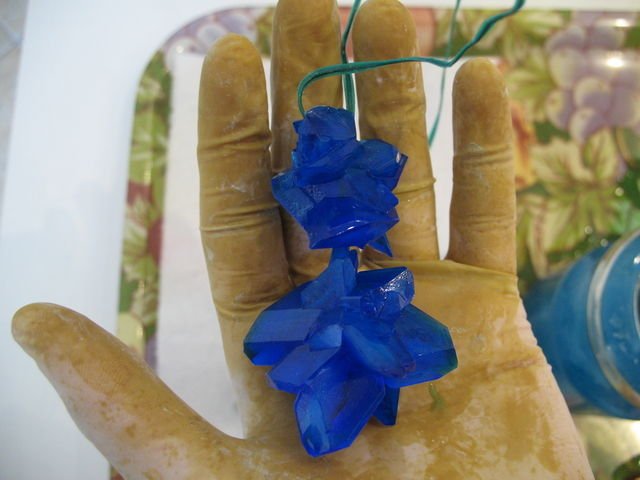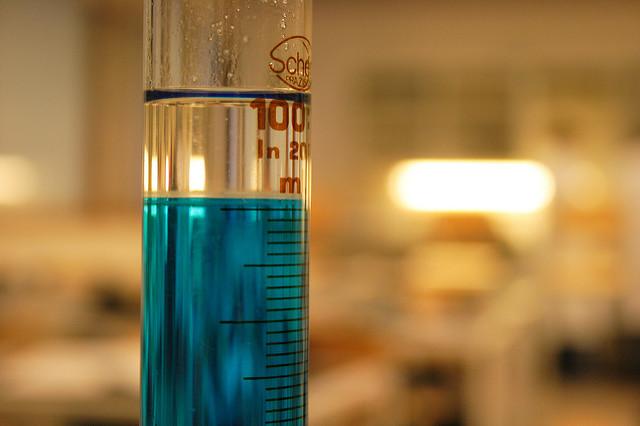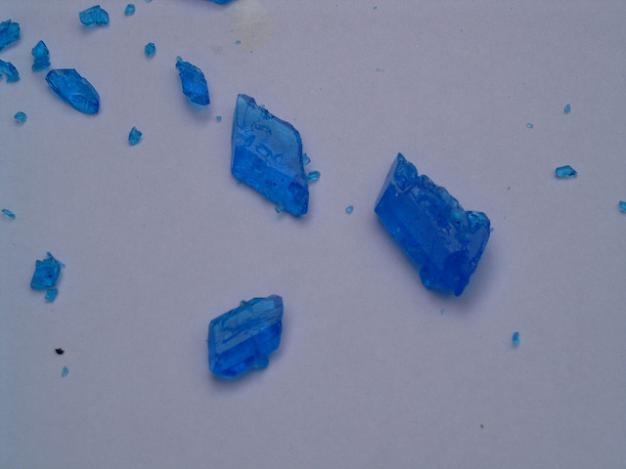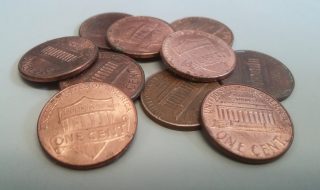
The world of science offers many interesting experiments that can be carried out in the laboratory. These experiments help us to study the properties and features of certain chemicals that are used in various industries. For children, the colors and interesting sounds created by the reaction between different chemical substances can be very catchy. And if you have a kid that loves doing experiments, you might want to use less dangerous substances, and tons of ideas that exist for you. These DIY ideas can be helpful in aiding your child to get used to scientifically-wired experiments and can be compiled at home in small quantities.
One of such ideas is growing crystals. Now, crystallization itself is quite an interesting process. It involves the formation of transparent, colored or colorless shard-like objects. They could be shaped in a specific manner, or have different shapes. Home-grown crystalline shards are worth trying with children. However, there should be proper supervision to ensure that the children do not injure themselves in the process.
One perfect substance for trying out the crystallization process is copper sulfate. Also known as cupric sulfate, it’s an inorganic compound that might be known to others by an older name – vitriol. Although it’s very toxic, it has been known to have a host of uses in different industries. One of such methods includes being an anti-fungal, a colouring additive, an art material and even a copper supplement for the soil. Depending on the concentration of the solution, it is possible to grow large crystals. On crystallization, copper sulfate produces light blue, beautiful gem-like objects that line the walls of the container or test tube where they grow.
GETTING THE NEEDED SUBSTANCE

If you are looking where to find copper sulfate in order to try this out with the kids, internet sites such as Amazon or eBay can come with great help. Also, local plant nurseries or factories where animal feed is manufactured are good places to check. When looking for options, be sure to check for the copper sulfate powder the same way you would check for a site you pay for advanced law essay writing help – check for quality and affordability. However, it is also okay to buy the ones that look dark blue due to the different purity levels. The darker versions of anhydrous have been known to produce brighter gem-like stones.
STARTING THE PROCESS
DIY Crystal at Home (2) – Copper(II) Sulfate
It is an established fact that copper sulfate is a very toxic substance. This is why it is advised to have adults near this experiment with children. Contact with mucosal surfaces such as eyes, throat or mouth should be strictly avoided.
To start the process of growing the crystals, the following steps should be taken:
- Get a jar and fill it with water.
- Add the sufficient amount of CuSO4 needed to make a concentrated solution.
- Set the jar aside and let it stand undisturbed for a few days
As the solution stands longer, copper sulfate crystals will begin to form along the sides of the jar. Collect these from the solution and store in a dry place.

Another way of growing these stones involves growing a single ‘seed’ gem, instead of a host of smaller ones. To do this, you need to mix a smaller, concentrated solution in a small dish and place a piece of rope in it. When the crystalline structure forms around it, take it and transfer to a bigger solution. The crystallization will continue forming around your seed crystal. When the smaller ones start appearing, remove your seed crystal and place it in another CuSO4 solution. This is because the formation of smaller ones tends to impede the growth of your own seed stone.
WHAT TO NOTE
CuSO4 in crystalline form is bright blue and very beautiful. It is also quite fragile, which means it should be taken care of.
- A layer of colorless nail polish can be applied to preserve them.
- For better results during the procedure, use almost boiling water.
- Do not eat or taste the stones or powder.
- The resulting gem-like structures contain water, which is why you should store them in a tightly sealed container. This will prevent them from losing their form.
Overall, the process is simple and fun. It also allows children to learn about the wonderful world of science and offer a tiny glimpse into what it embodies.




